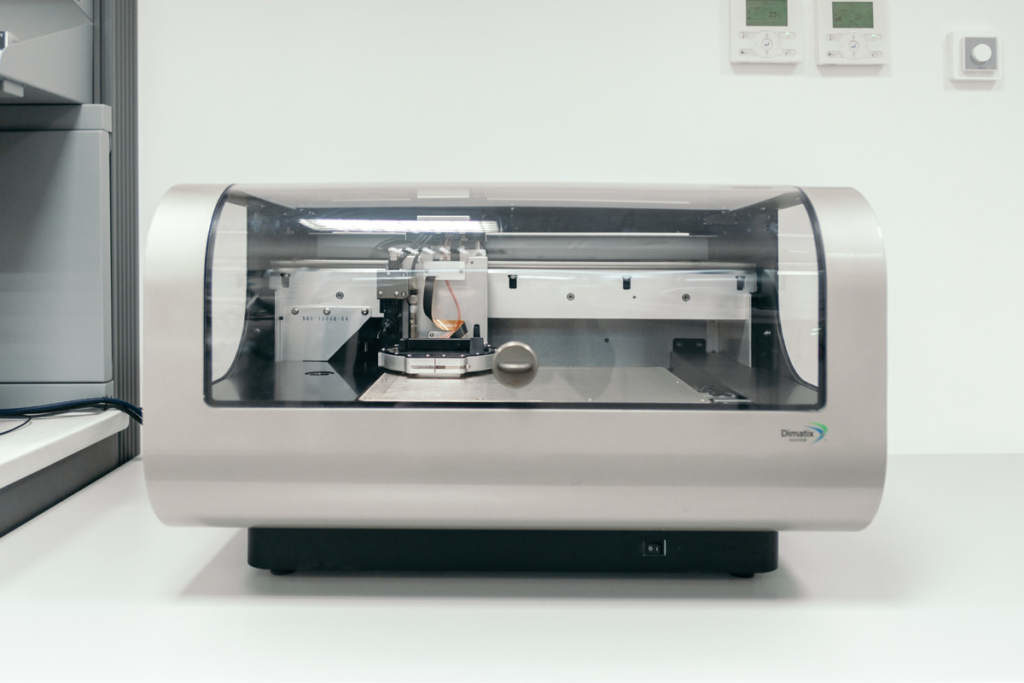The University of Nottingham teams up with GSK (pharmaceutical company GlaxoSmithKline) to carry out the study “3D Printing of Tablets Using Inkjet with UV Photoinitiation.”
For the first time in medicine, 3D printing through a mix of inkjet printing and UV curing allowed scientists to produce “solid oral dosage forms” of drugs. The research implies the possibility for customized medicine as well as “functionally graded dosage design.”
The use of 3D Printing for medicine
According to Martin Wallace, GSK’s director of technology, 3D print drugs would simplify the supply chain. Furthermore, the modification of the tablets geometry could change the dose of the drug, the release profile or change the taste.
As far as Inkjet 3D printing is concerned, it offers “accuracy, low cost, ability to deposit multiple materials contemporaneously and simple scale up/out.” The printer is capable to print up to 600 ft/min (183 m/min) with a printable width of up to 2.8 meters.
According to this research, “doses produced are films, often with an edible substrate incorporated into the dosage form. (…) [The] work [then] hypothesizes that suitable solvent based ink formulations can be developed that allow the production of solid dosage forms that meet the standards required for pharmaceutical tablets.”

How to 3D print medicine?
Researchers used a Dimatix Materials Printer DMP-2850, recommended given the low volume of 1.5ml cartridges. The printer was adjusted in order to control over oxygen levels, and thus the photopolymerization phase.

The machine produced batches of 25 tablets with a 5 mm diameter. With a printing time of 1.5 hours (that is 4 minutes per tablet), the curing time was 7.5 minutes per batch. For researchers, UV inkjet printing presents itself as “a platform to produce solid oral dosage forms for the first time.”
As for the 3D printed pills, they have “amorphous solid dispersions with high degrees of photopolymer cure”.
//pagead2.googlesyndication.com/pagead/js/adsbygoogle.js
(adsbygoogle = window.adsbygoogle || []).push({});






